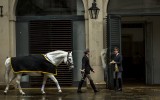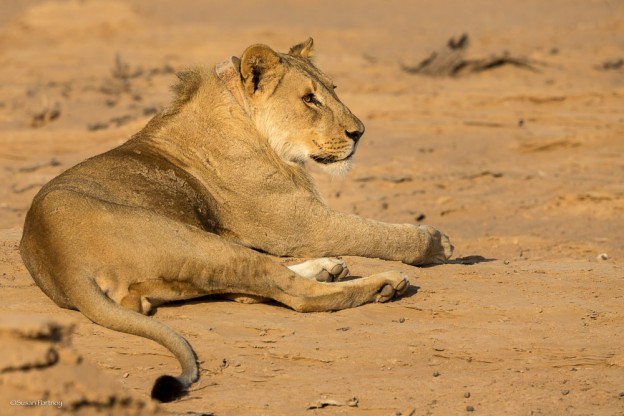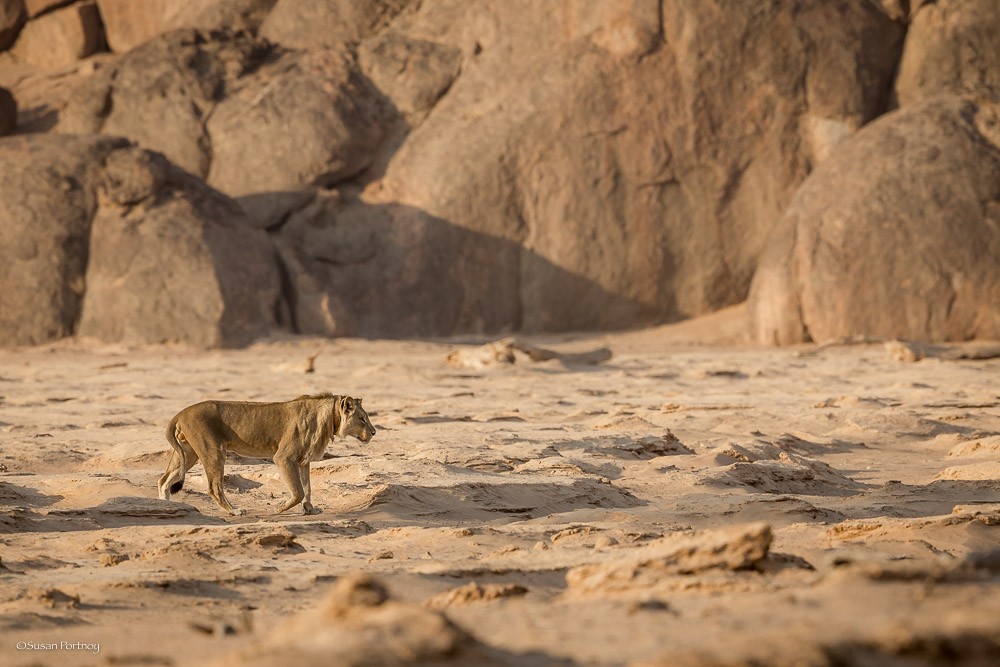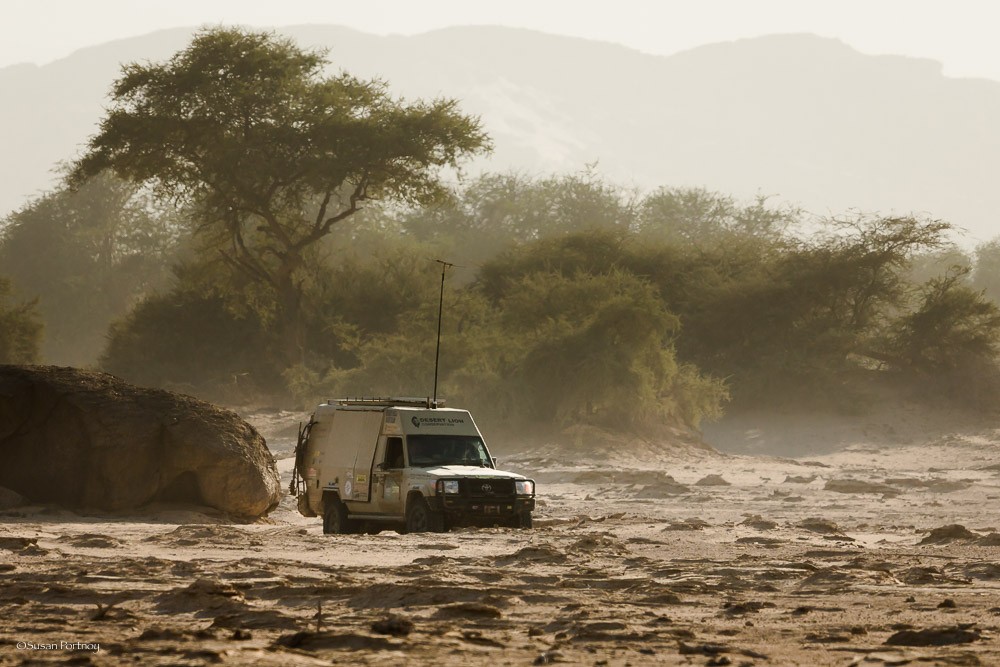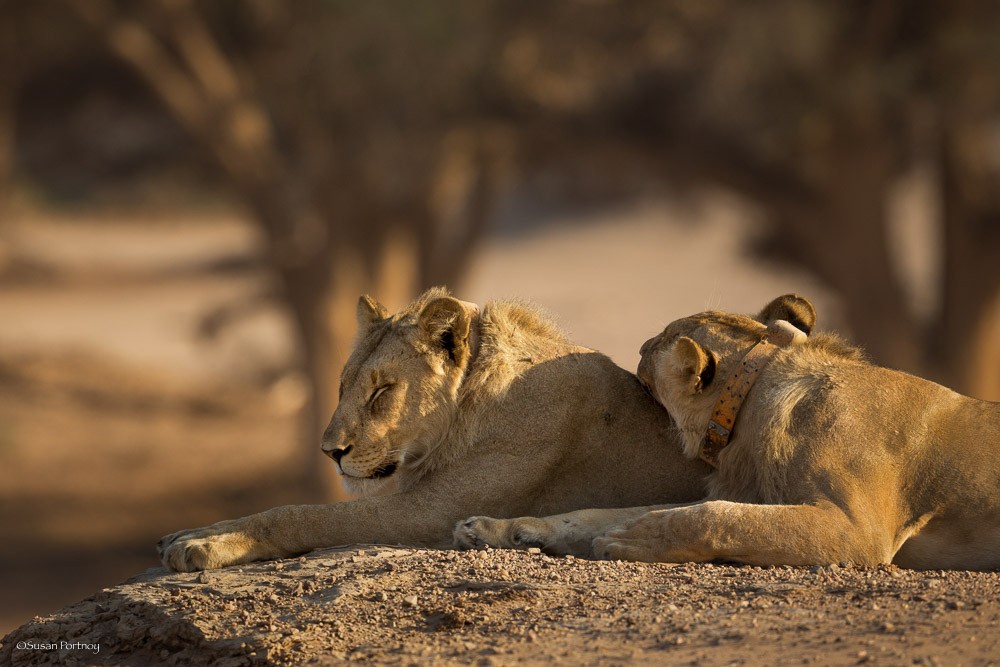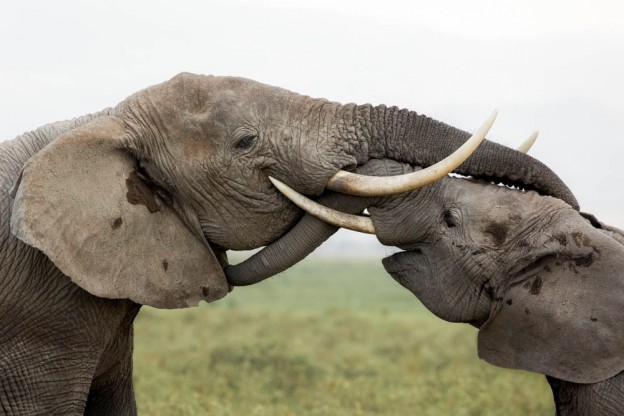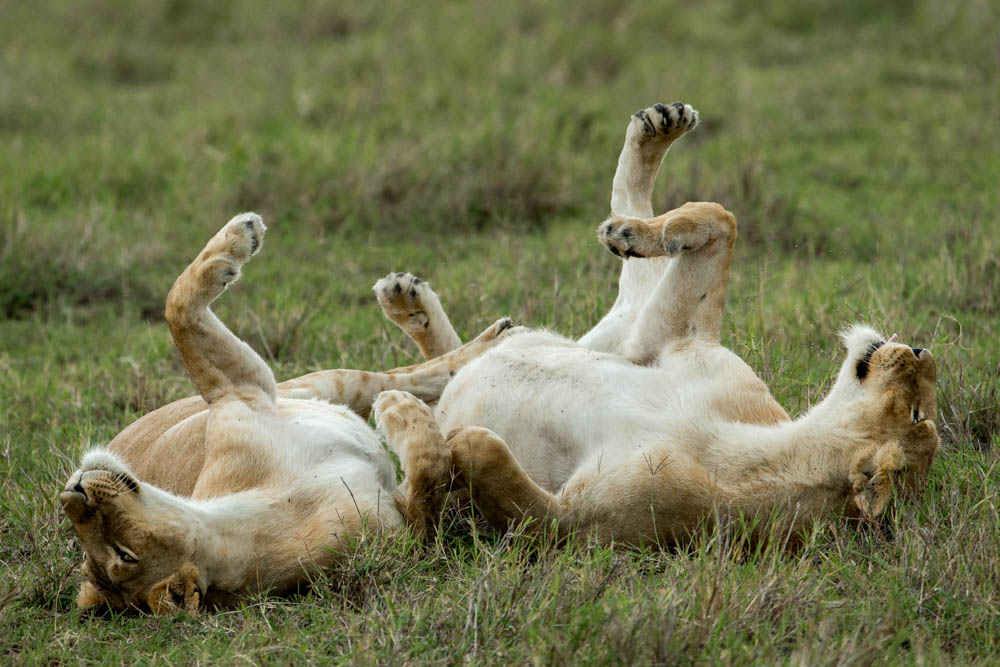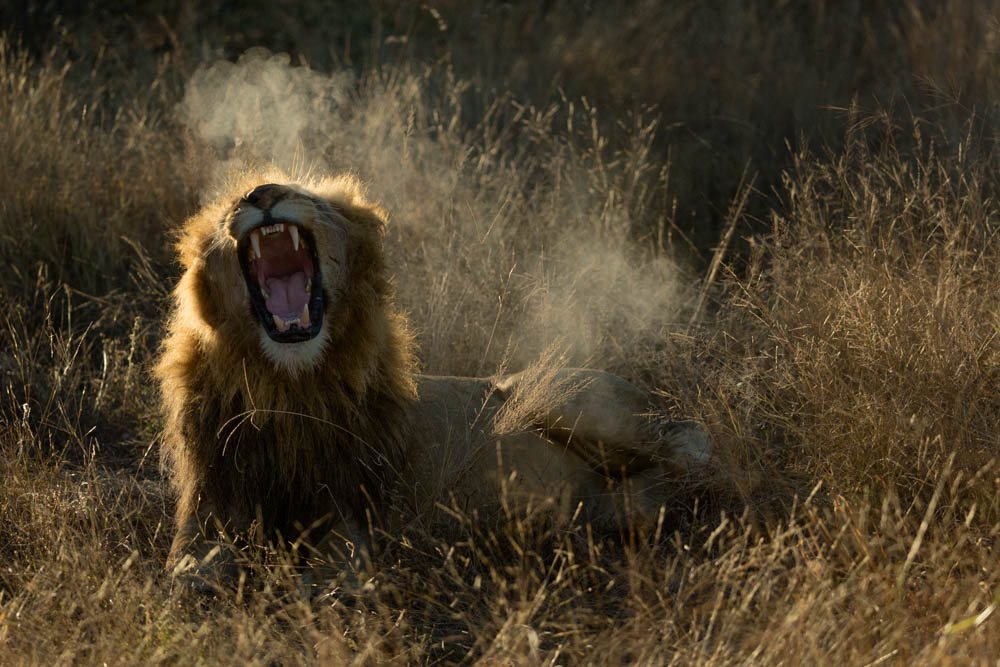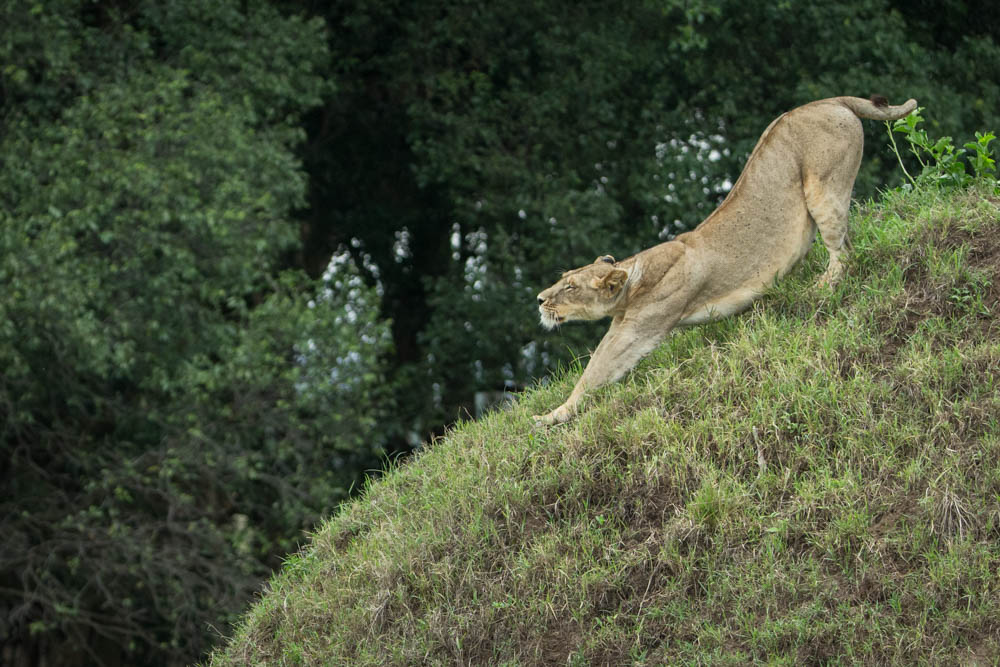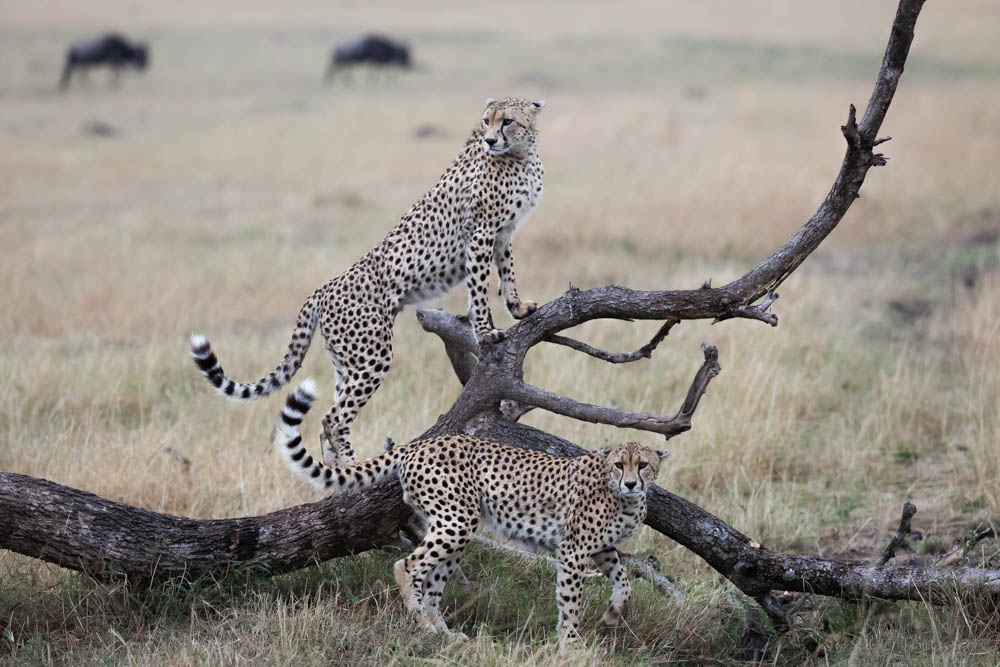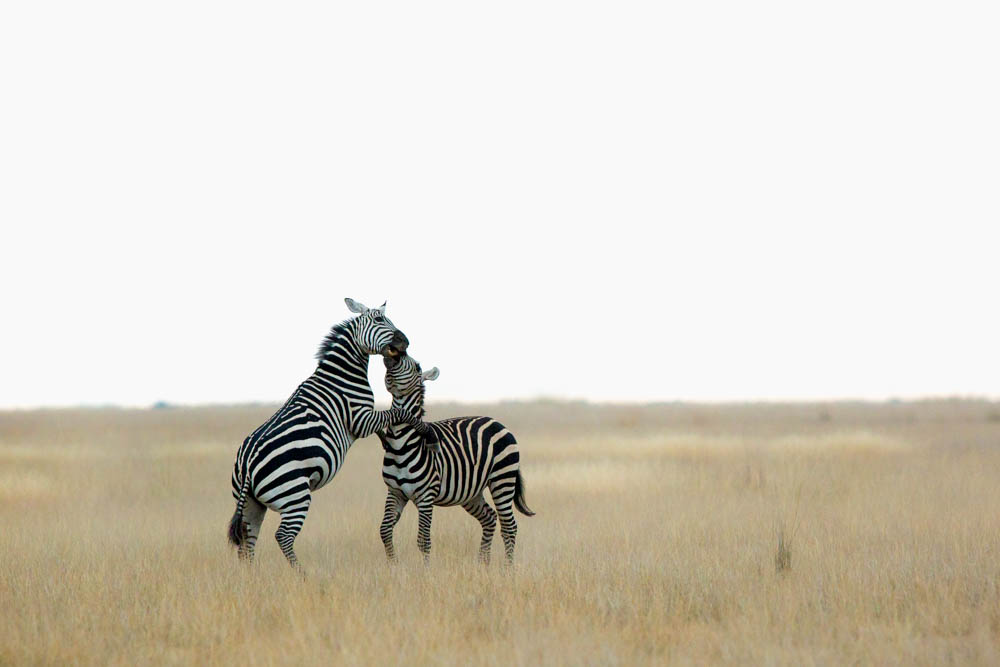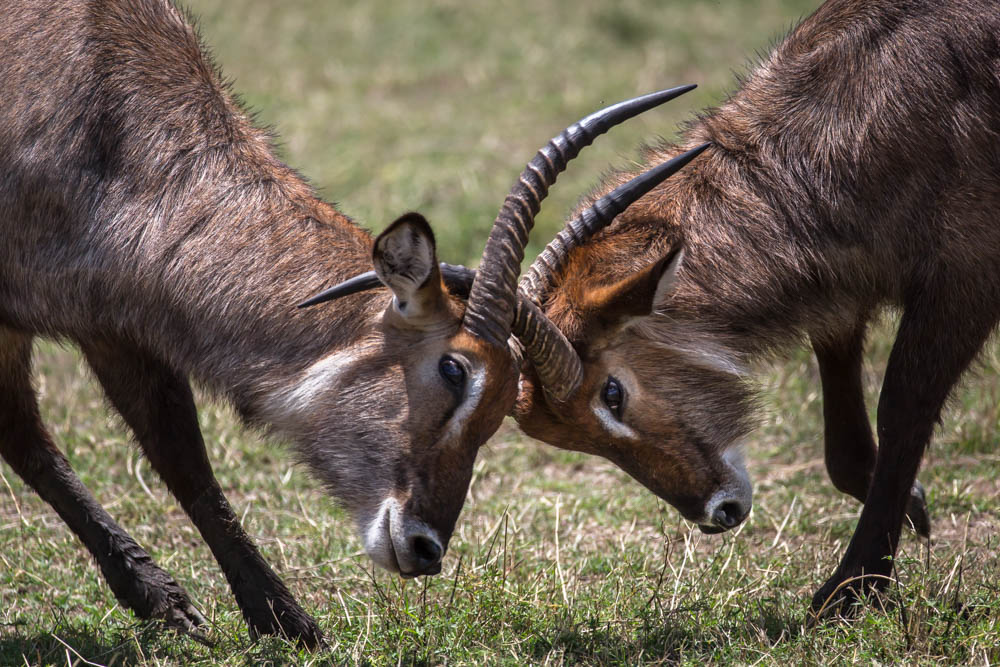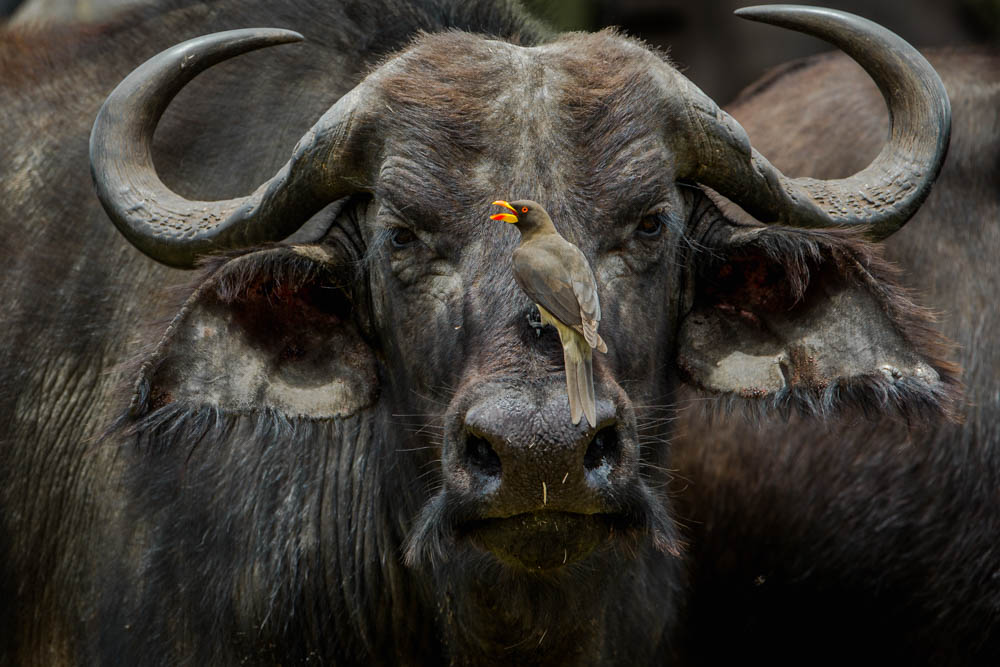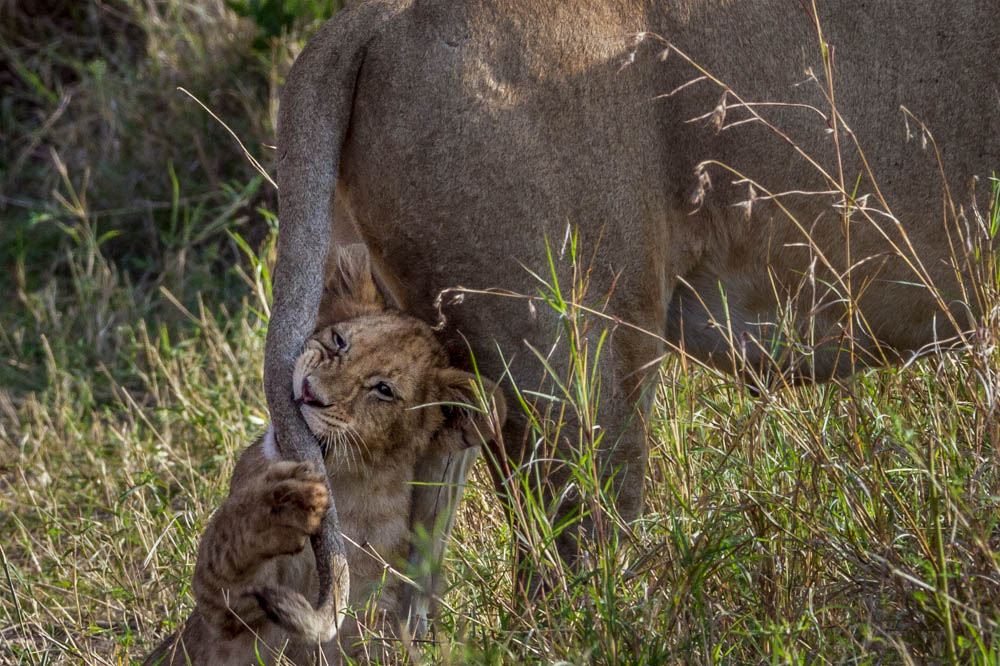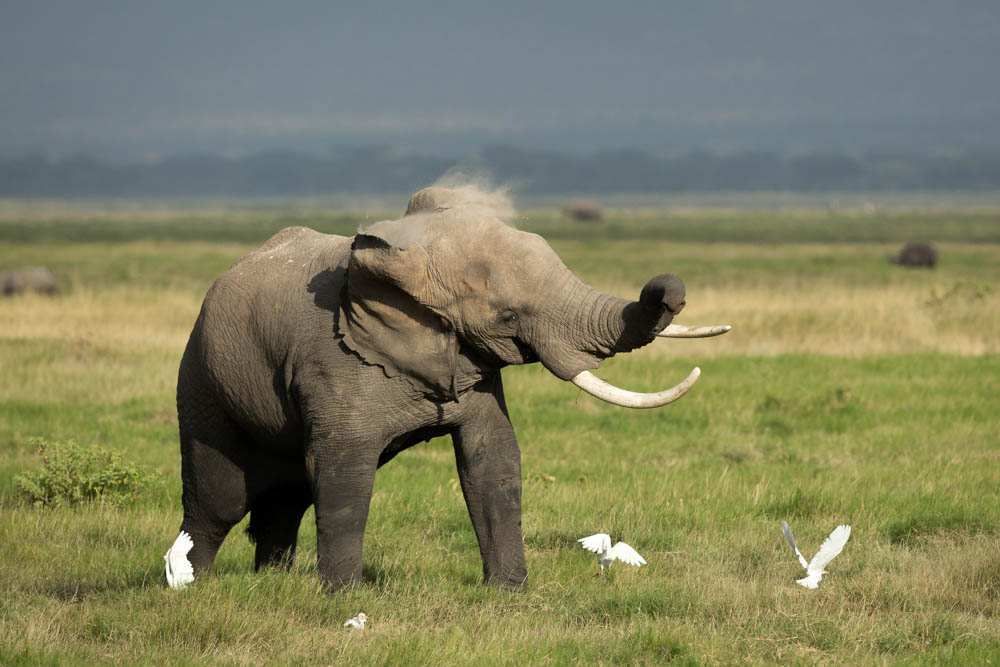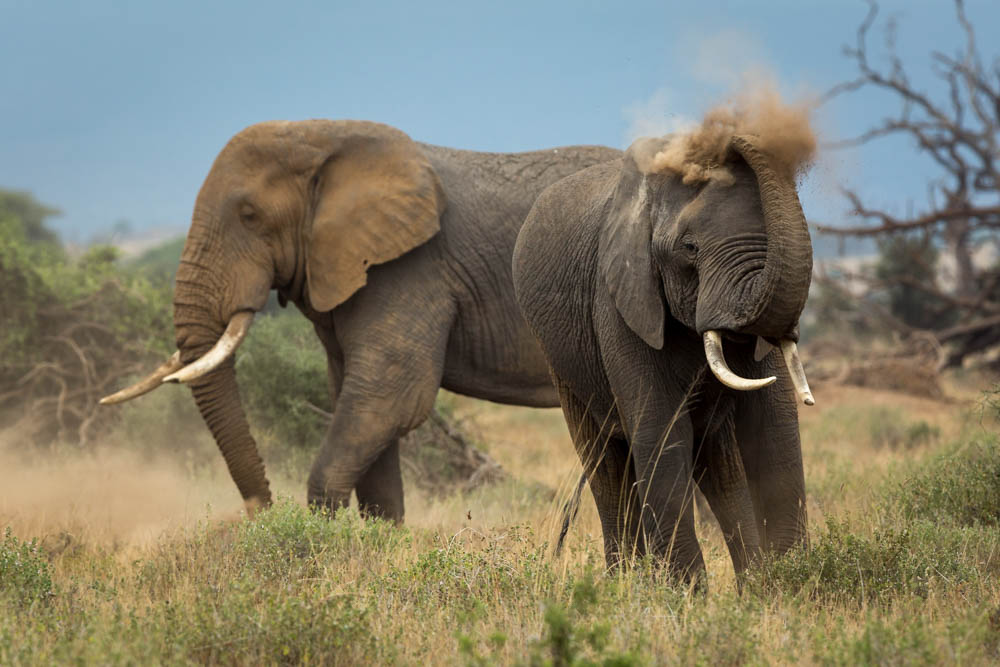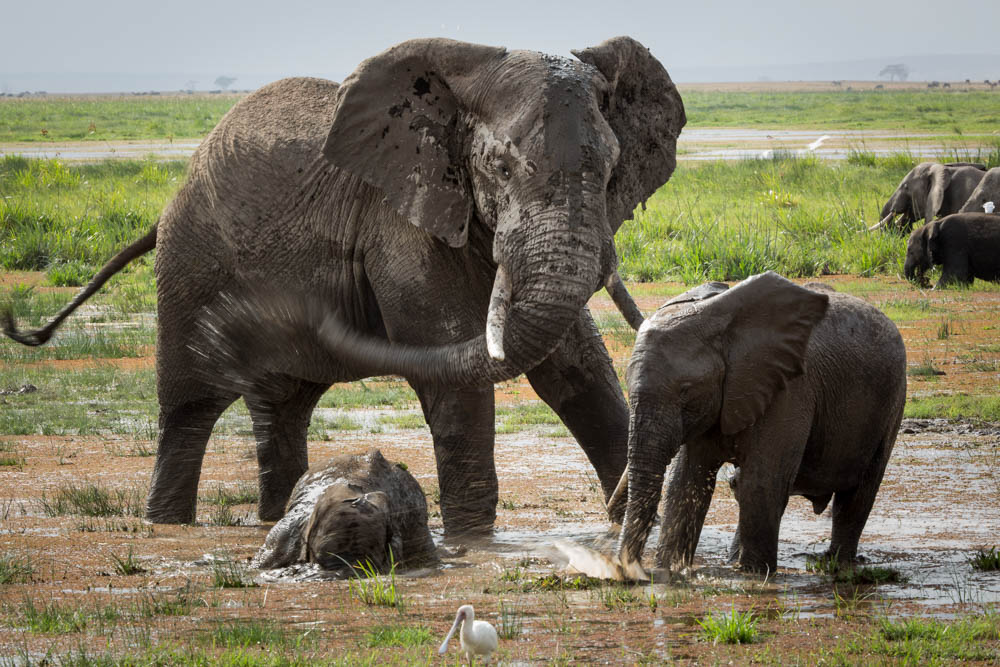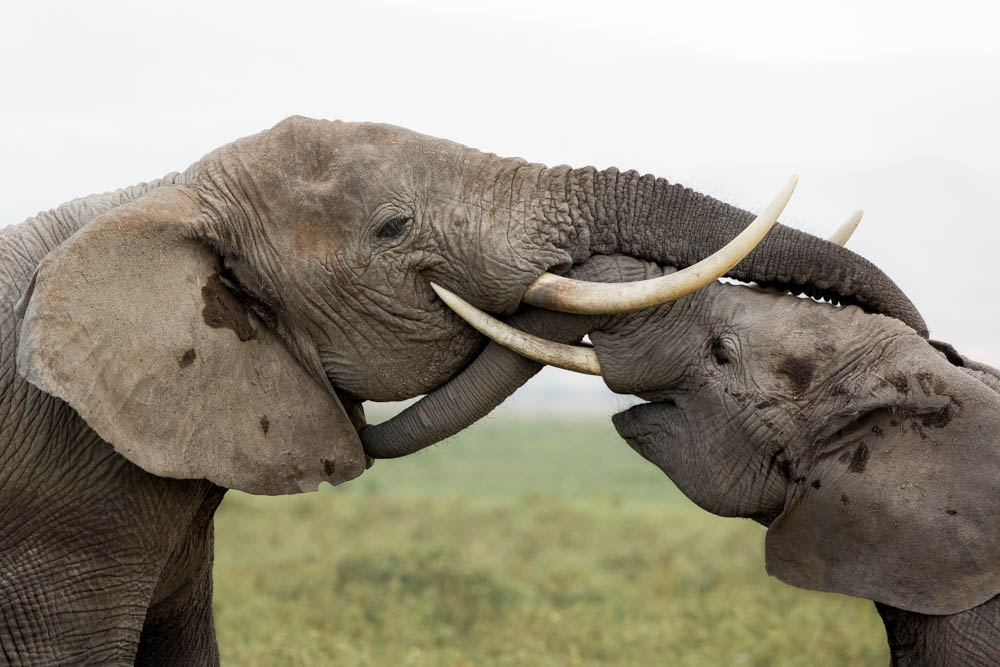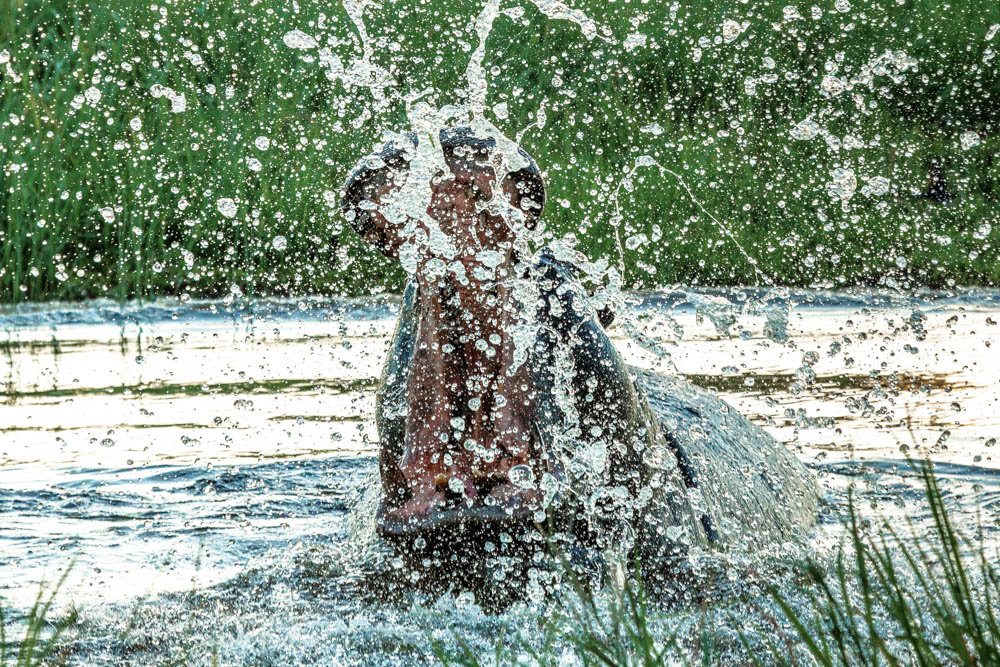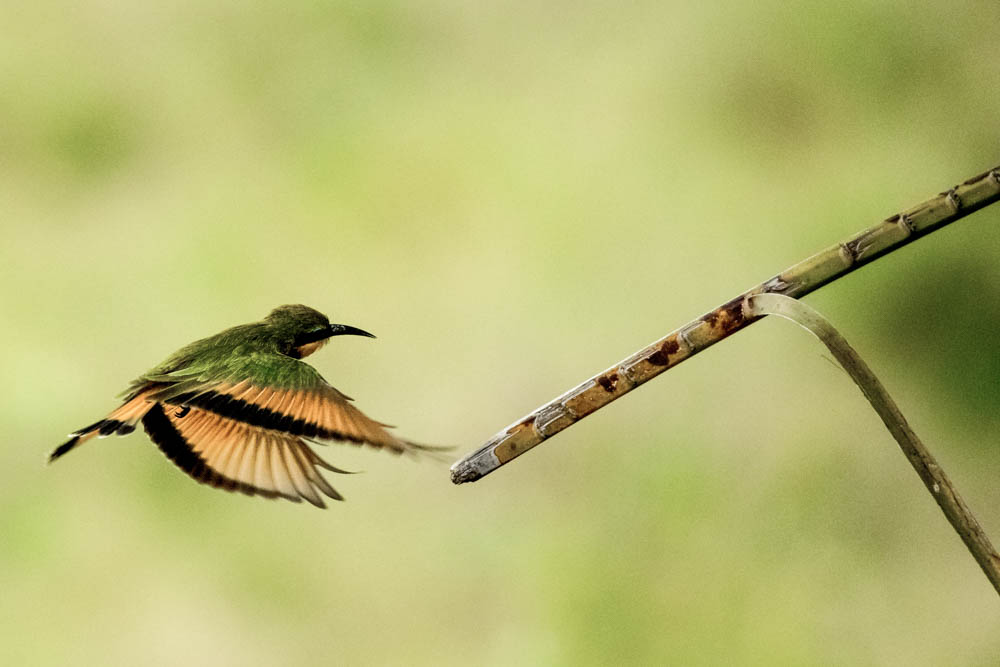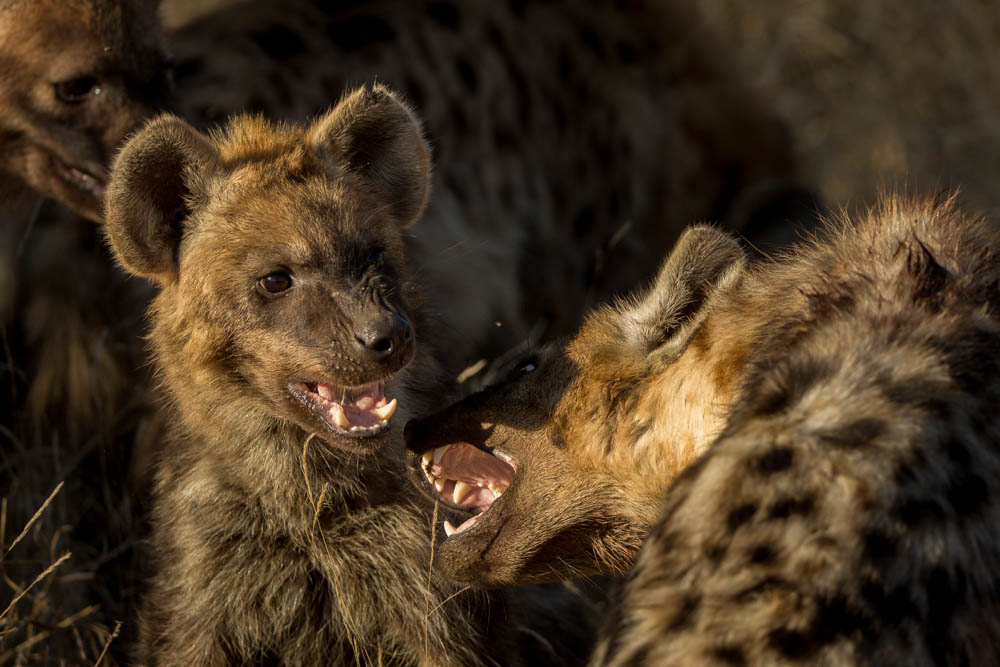One of Vienna’s most popular tourist magnets is its 450-year-old Spanish Riding School, where world-famous white Lippizan horses practice and perform classical dressage—that graceful art that’s like an equine ballet. Anyone can see a performance while visiting Vienna—if their timing is right—but we at WendyPerrin.com know that the way to make a trip special is to go above and beyond what “anyone” can do. So we’re starting a series of articles about “WOW Experiences” you can have around the world—behind-the-scenes, private, insider-access experiences available via the world’s most well-connected travel fixers. These experiences are just one way to elevate a trip from ordinary to extraordinary, which is the point of Wendy’s WOW List of Trusted Travel Experts: They’re the fixers who can make the magic happen.
Below, we’re spotlighting what Gwen Kozlowski, Wendy’s Trusted Travel Expert for Austria, likes to arrange at the Spanish Riding School.
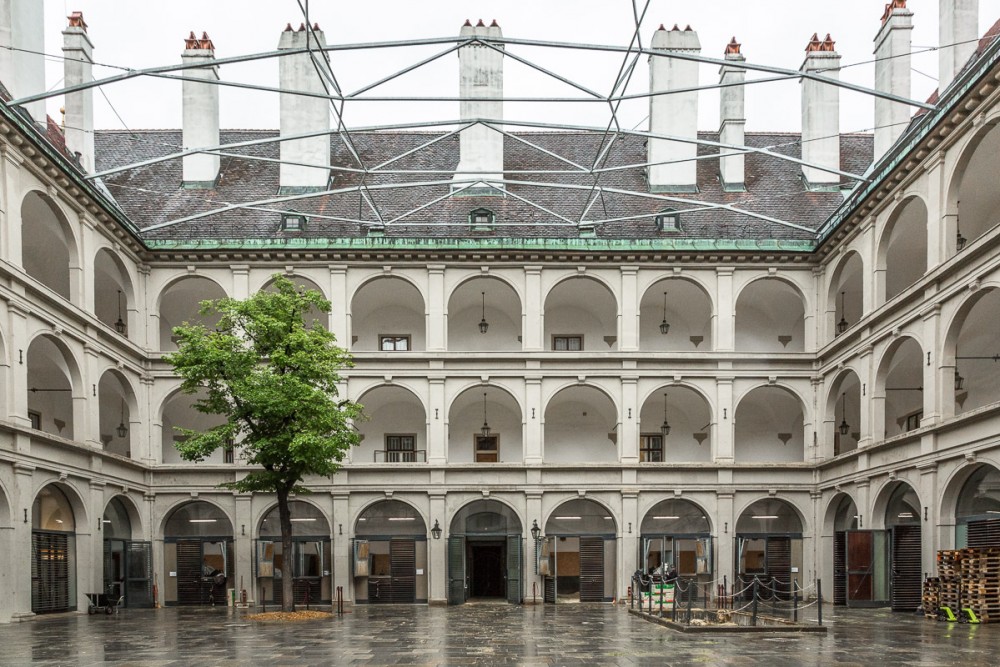
Most travelers never get inside this courtyard. It’s the Summer Riding School at Vienna’s Spanish Riding School. Photo: Susan Portnoy, The Insatiable Traveler.
The What:
A visit to the Spanish Riding School at Vienna’s Hofburg Palace, including a private VIP tour of the stables and a seat in the Royal Box—where the Hapsburg kings and queens once sat—to watch the legendary Lippizan stallions perform.
The Where and When:
In Vienna, select weekends March–June and August–December (the stallions are on vacation in July). That’s when you can see the horses’ performances, as opposed to just their daily exercises.
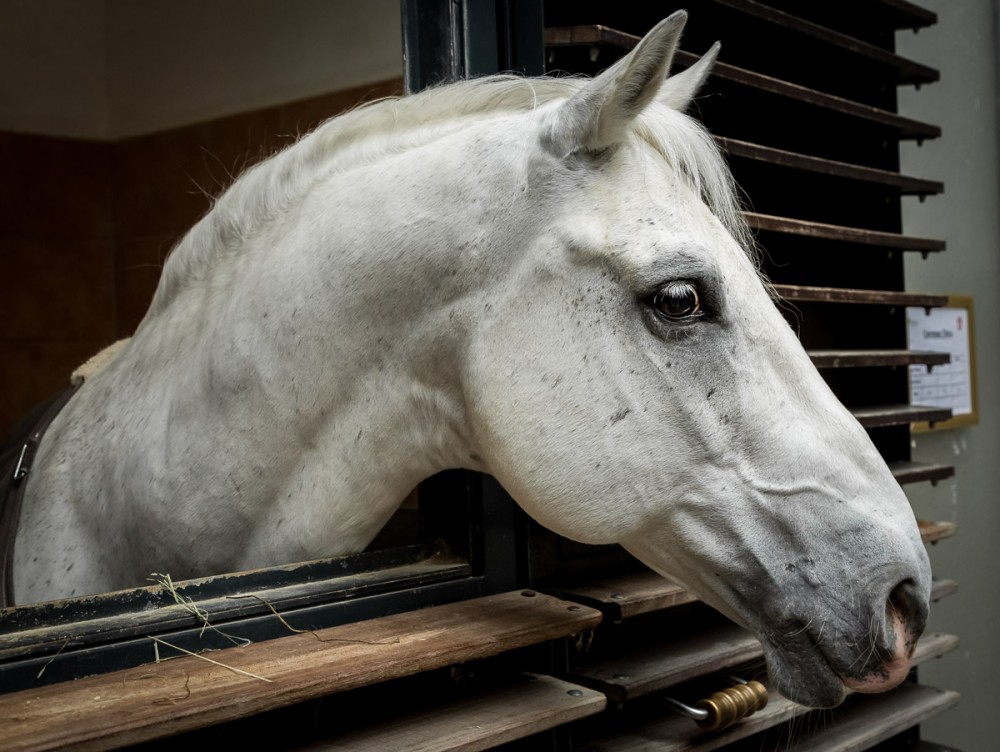
Spanish Riding School, Vienna, Austria. Photo: Susan Portnoy, The Insatiable Traveler.
The WOW:
The Spanish Riding School represents the pinnacle of the tradition of classical horsemanship. The stunning and athletic Lippizan stallions were originally imported from Spain by Ferdinand I in the 16th Century (thus Spanish Riding School). The show takes place in the grand baroque Winter Riding School, part of the Hofburg, the former imperial palace in the center of Vienna. You’ll get to see the show, but you’ll also be ushered past the crowds and across an alley into the cordoned-off, 16th-century Summer Riding School, where you’ll tour the stables, peek into the tack room (where dozens of magnificent custom-made saddles and bridles are kept) and, if the timing works, watch as grooms prepare the horses or lead them through their workout.
Then you’ll move into the Winter Riding School—a splendid showcase built by the Habsburg emperor in 1735—to see the horses’ morning exercises: Multiple riders take their stallions through various gaits (walk, trot, canter), then tackle harder movements such as a cabriole, where a horse leaps into the air, with a rider on its back, and kicks out his back feet—a move used hundreds of years ago by the military to attack the enemy if surrounded. While other spectators stand in balconies on either side of the ring and get commentary via loudspeaker (which the acoustics make difficult to understand), you’ll get a coveted seat in the Royal Box, at ground level with the riders, next to an expert who will provide customized commentary and answers to any questions you have about what you’re seeing in the ring.
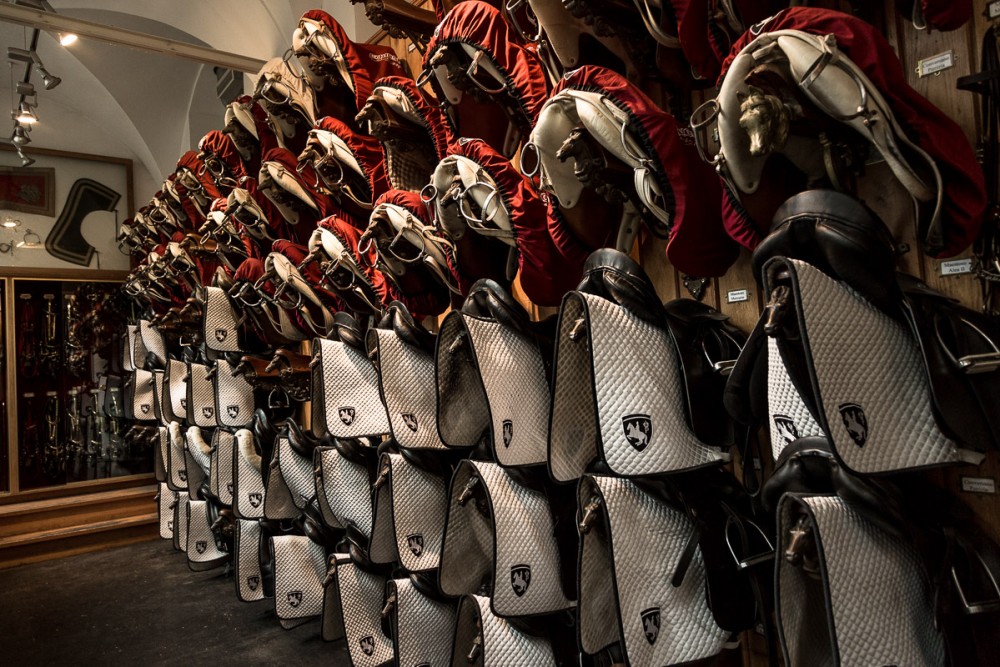
Spanish Riding School, Vienna, Austria. Photo: Susan Portnoy, The Insatiable Traveler.
How to Make it Happen:
This experience can be tailored to your specific interests and is available through Gwen Kozlowski, our Trusted Travel Expert for Austria, as part of an itinerary of three days or longer. See Gwen’s Insider’s Guide to Austria, and read reviews of Gwen to understand the caliber of trips she arranges. To be marked as a WendyPerrin.com VIP traveler and get priority attention and special benefits, request your trip here.
Be a smarter traveler: Use Wendy’s WOW List to plan your next trip. You can also follow her on Facebook and Twitter @wendyperrin, and sign up for her weekly newsletter to stay in the know.
Read more from Susan Portnoy at her own site, The Insatiable Traveler, and follow her at facebook.com/Insatiabletraveler and @susanportnoy.

